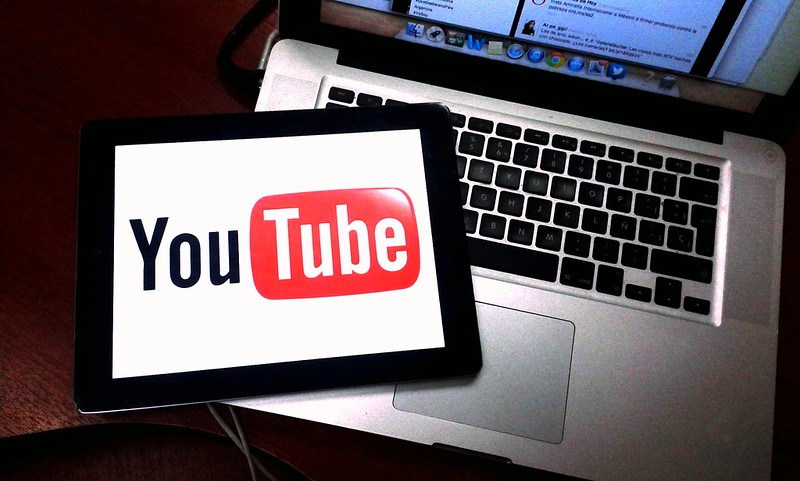Iulia Cazan
(ZENIT News – Center for Family and Human Rights / New York, 08.24.2023).- YouTube’s new medical misinformation policy will censor any video that runs against the guidelines of the World Health Organization on abortion.
The policy specifically cites information about abortion among the examples of content it is targeting for censorship. According to the policy, the kinds of statements YouTube plans to censor include “claims that abortion commonly results in or carries a high risk of infertility or future miscarriage” and “claims that abortion causes breast cancer.”
Given that the examples provided in the policy are not exhaustive, many other claims discussing or raising questions about the harmful effects of abortion can be expected to be labeled as misinformation and removed by YouTube.
Dr. Garth Graham, Director of Healthcare and Public Health Partnerships at YouTube, said the policy contributes to their long-term vision to improve their “community guidelines.”
“Community guidelines” are often opaque and largely unknown to users but are widely recognized as used to eliminate conservative opinions. Despite their previous commitments to balance censoring content with allowing for public dialogue, this policy clarifies that medical debate and open discussion will only be allowed on YouTube as long as it conforms with the WHO.
WHO has a clear position on abortion, namely that it is generally a safe procedure if WHO guidelines are followed and that “lack of access to safe, timely, affordable and respectful abortion care is a critical public health and human rights issue.” By declaring that abortion is a human right, WHO makes a normative statement that YouTube could use to flag or remove content that rejects this view.
YouTube does not specify what would happen if WHO and local health authorities diverge in their interpretation or recommendation of disease prevention or treatments.
It is also not clear how the policy might affect the many personal testimonies of women who have undergone abortion and experienced complications and negative side-effects to their physical and mental health. The YouTube policy allows users to upload their personal experiences of medical conditions or treatments through the Personal Stories Shelf feature of the platform, but only so long as they do not stray from personal to more general factual statements or advocacy.
The only other exception where information contrary to WHO guidelines might be tolerated is if it is deemed to be in the “public interest”, but this is not likely to apply to personal stories as much as statements by public figures that may be politically relevant.
YouTube’s new framework represents a continuation of the same kind of content control social media platforms, including YouTube, Meta and Twitter, carried out relating to COVID-19. Meta and Twitter removed posts based on the same principle in the YouTube policy, namely, when they shared information contradicting the Center for Disease and Control (CDC) or WHO guidelines and is judged capable of “producing harm.” and, if disseminated, were thought to produce harm.
Over the past three years, many “dangerous” posts that were taken down or flagged by social media companies under these content moderation policies proved to be true or at least presented valid public concerns or scientific questions.



